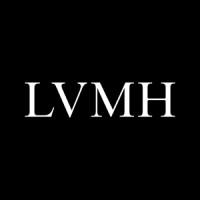
LVMH
LVMH is the world leader in luxury. A family group founded in 1987 and headed by Chairman and CEO Bernard Arnault, LVMH is now home to 75 iconic Maisons, which embody a distinctive art de vivre blending heritage and modernity. With reported sales of 86.2 billion euros in 2023 and 6000 stores around the world, we are the only group present in all major sectors of the luxury industry: Wines & Spirits, Fashion & Leather Goods, Perfumes & Cosmetics, Watches & Jewelry, Selective Distribution. Our long-term vision, entrepreneurial spirit and constant search for new solutions set us apart. The success of our Group is only possible thanks to our employees: 213,000 passionate and committed women and men, representing 190 nationalities, work in our studios, workshops, wineries, factories, offices and boutiques all around the world. Their talent and their diversity are our strength. Being part of LVMH means being continuously inspired by our heritage, creativity and sense of the collective. We have exceptional stories to share and an unrivalled legacy to pass on to future generations. Being part of LVMH means being challenged. We set ambitious paths to excellence by continuously pushing the boundaries, raising our standards and renewing ourselves to ensure the long-term development of our Maisons. Being part of LVMH means belonging to one of the world’s most creative and innovative communities. We foster collaborations that enable our people to enrich their knowledge, grow their network and share their passions. Being part of LVMH means being supported in an inclusive and diverse workplace, where all voices are heard and each talent is given the means to thrive. In 6 different industries, across 81 countries, LVMH and its Maisons are committed to exemplary ethics, social and environmental responsibility. We strive to ensure that our products and the way they are made have positive impact on our entire ecosystem and on our host communities. At LVMH, we craft the future.






